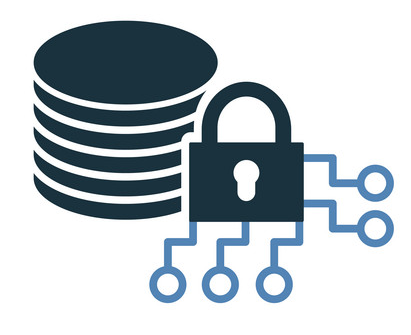The equipment and technology used in mining operations are both sophisticated and essential. Equipment has a crucial role in worker safety that goes well beyond productivity and operational effectiveness.
As a result, efficient management and maintenance of these assets are crucial protocols intended to protect both the machinery and the people who use it.
Asset management is a methodical technique for overseeing assets—like machinery and equipment—across the course of their lives. It covers everything from planning and buying to operating and maintaining. It’s essential for cost optimisation, efficiency enhancement, and safety improvement.
In today’s digitized world, asset tracking software systems are no longer restricted to manual monitoring and maintenance. Technologies are increasingly incorporated to make the process more efficient and safe.
Made things possible by these technologies.
Mining is conducted in some of the most extreme environments on Earth—from the scorching heat of deserts to the bone-chilling cold of the Arctic. Equipment must be robust enough to handle these conditions. This requires frequent and meticulous maintenance checks.
The types of equipment used in mining range from large machinery like crushers and drilling rigs to smaller gear like conveyor belts and safety helmets. Each has its own set of maintenance challenges and safety implications.
Beyond just operational concerns, there are strict safety and environmental regulations in place that must be adhered to. Failing to meet these can result in hefty fines and even suspension of operations.
Last but not least, all maintenance activities must be performed within a predefined budget. This makes it essential to prioritize tasks and allocate resources efficiently.
![]()
Before any procurement happens, a risk assessment is carried out to identify potential hazards associated with the equipment. The evaluation considers multiple factors, including the likelihood of mechanical failure, environmental impact, and potential safety risks to workers.
Safety protocols and Standard Operating Procedures (SOPs) are developed to guide workers during the operation of the equipment. Moreover, these protocols are continuously updated based on the performance and safety data.
IoT sensors installed on the equipment provide real-time data on its performance and condition. This is a crucial aspect for maintaining both equipment health and worker safety.
Operators are trained rigorously to handle the machinery. These training programs are updated regularly and include emergency response procedures.
Preventive maintenance aims to identify and fix problems before they can cause equipment failure. Using AI and data analytics, asset tracking software systems predict when a machine is likely to fail, thereby allowing for timely intervention. This proactive approach can be invaluable in preventing accidents and ensuring worker safety.
Routine safety inspections are carried out to check the integrity of safety features such as emergency stops, safety guards, and fire suppression systems.
Advanced algorithms analyse data from various sensors to predict possible failures and maintenance requirements. This reduces downtime and enhances safety.
Data analytics tools process vast amounts of data to generate insights into equipment health and safety. This data-driven approach enables better decision-making.
Modern equipment comes equipped with safety alert systems that notify operators and supervisors in case of malfunction or if maintenance is due, thereby averting potential disasters.
Monitoring KPIs is essential for gauging the effectiveness of an asset management program. These indicators include equipment downtime, maintenance costs, worker safety records, and compliance levels with safety and environmental regulations. Tracking these can offer insights into areas that may need improvement.
If you are looking for an effective asset management solution for better management, try Genic Assets Management Software Solutions!
There are numerous advantages of efficient asset management. It vastly enhances worker safety while minimising machine downtime and maintenance expenses.
Asset management makes it possible for businesses to accomplish production goals and guarantee that workers get home safely at the end of the day while also increasing operational effectiveness.
It is not only necessary under the law but also morally right to abide by municipal, state, and federal rules. Internal and external audits conducted regularly contribute to ensuring that asset management procedures meet or surpass legal requirements.
Future equipment maintenance and worker training are expected to benefit greatly from innovations like augmented reality (AR) and virtual reality (VR). We may also anticipate that asset management techniques will change as the emphasis on sustainability increases to handle these new problems.
An organised approach to equipment maintenance and employee safety is provided by an asset management app in the challenging, high-stakes industry of mining. It’s not only about prolonging the equipment’s lifespan; it’s also about protecting the lives of those who use it.
Articles you might like
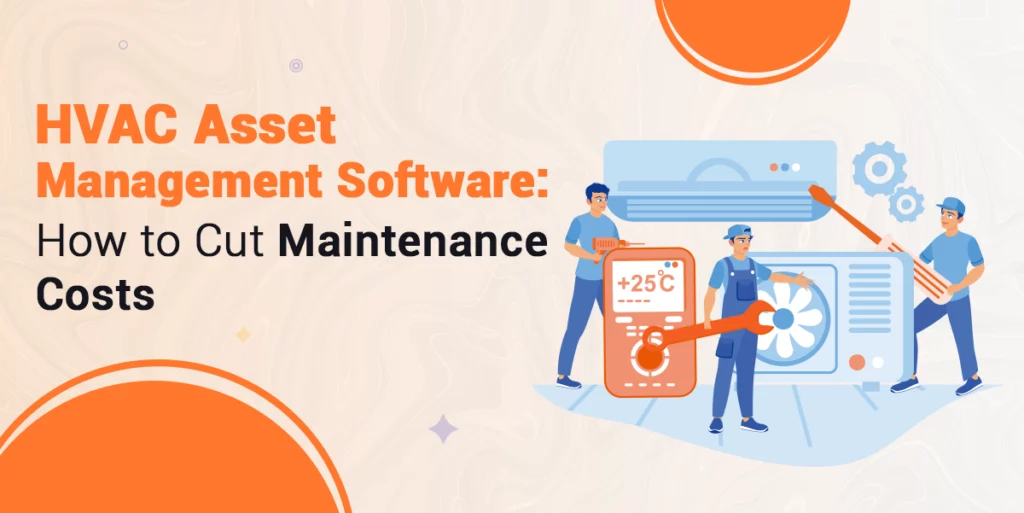
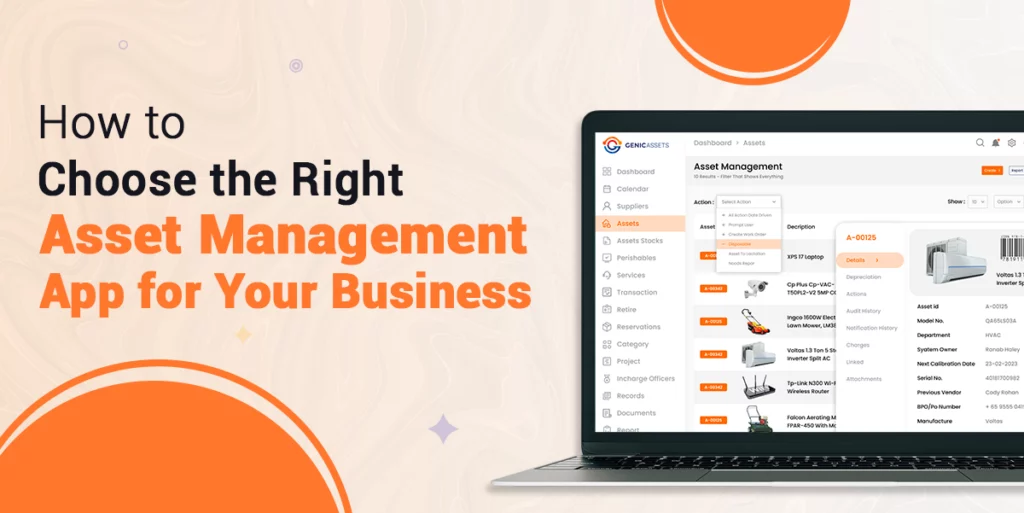
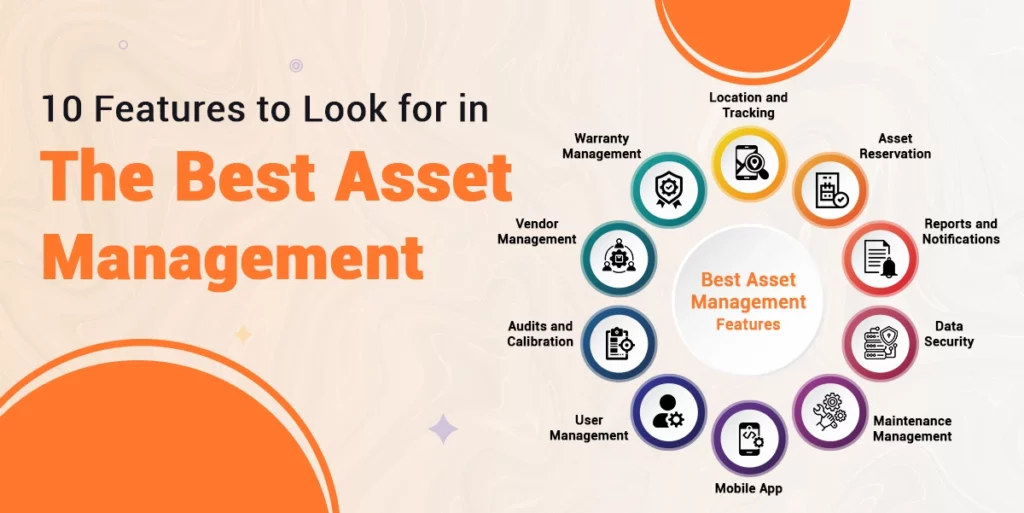
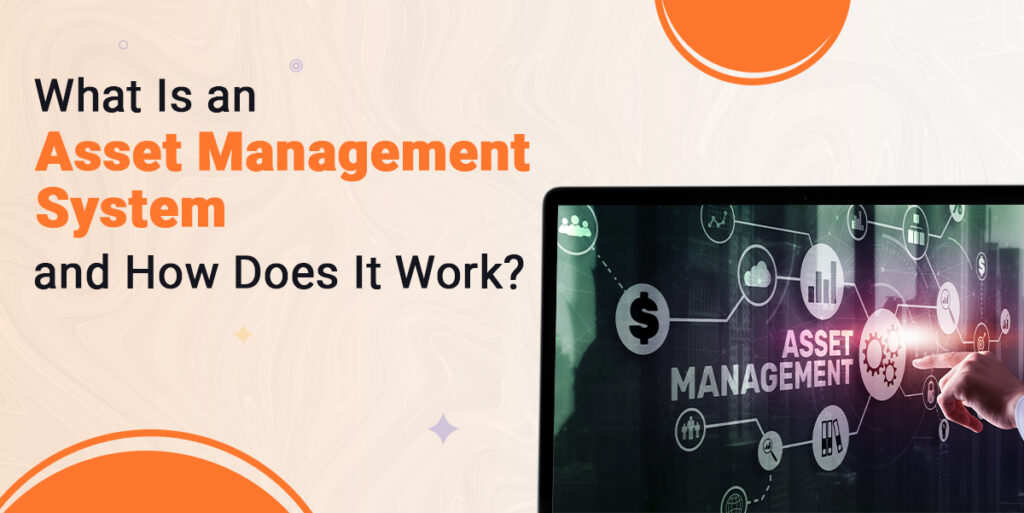
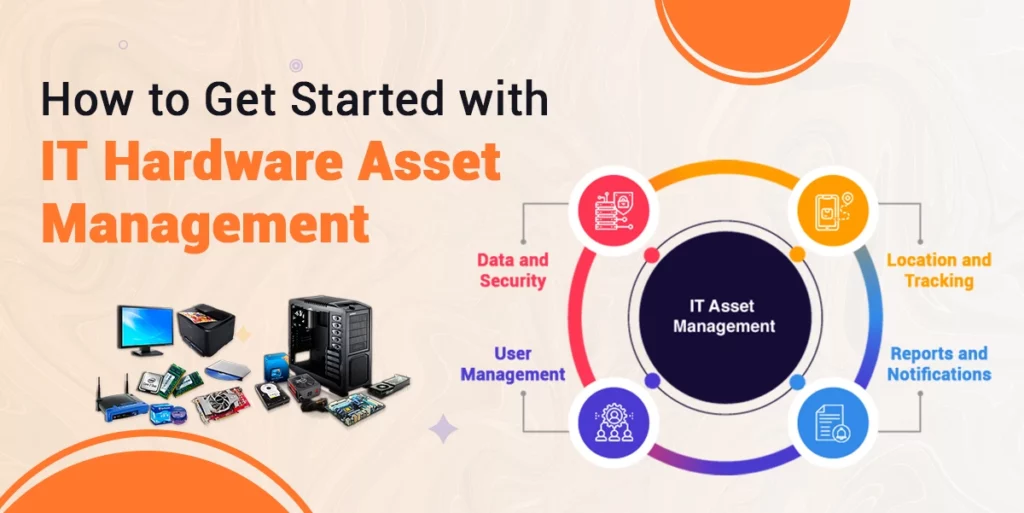
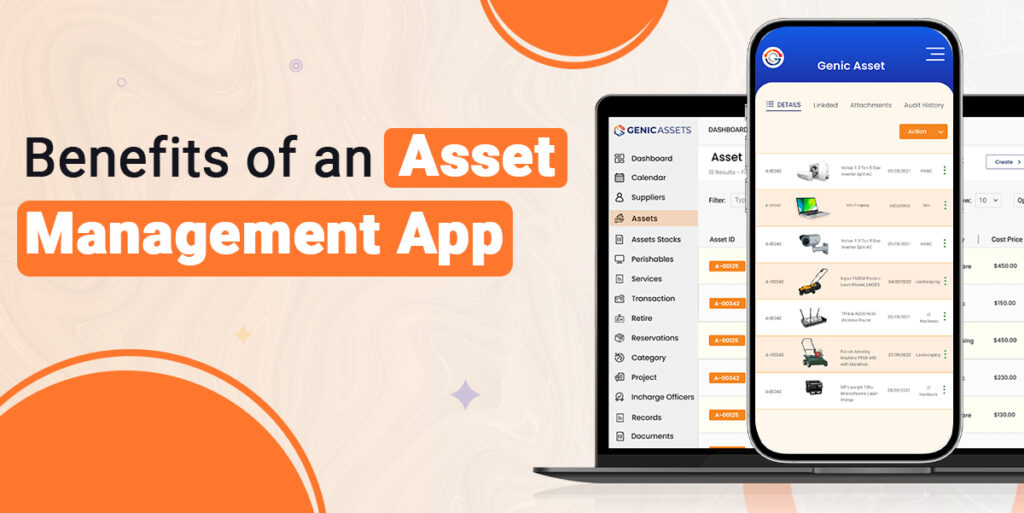
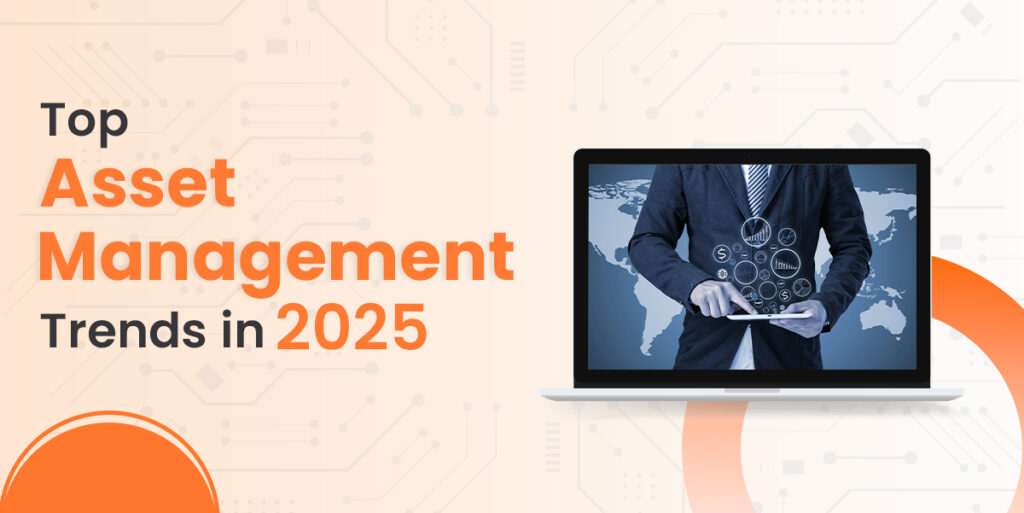
Genic Assets provide complete visibility, traceability, and accountability of your assets!
Get Started





